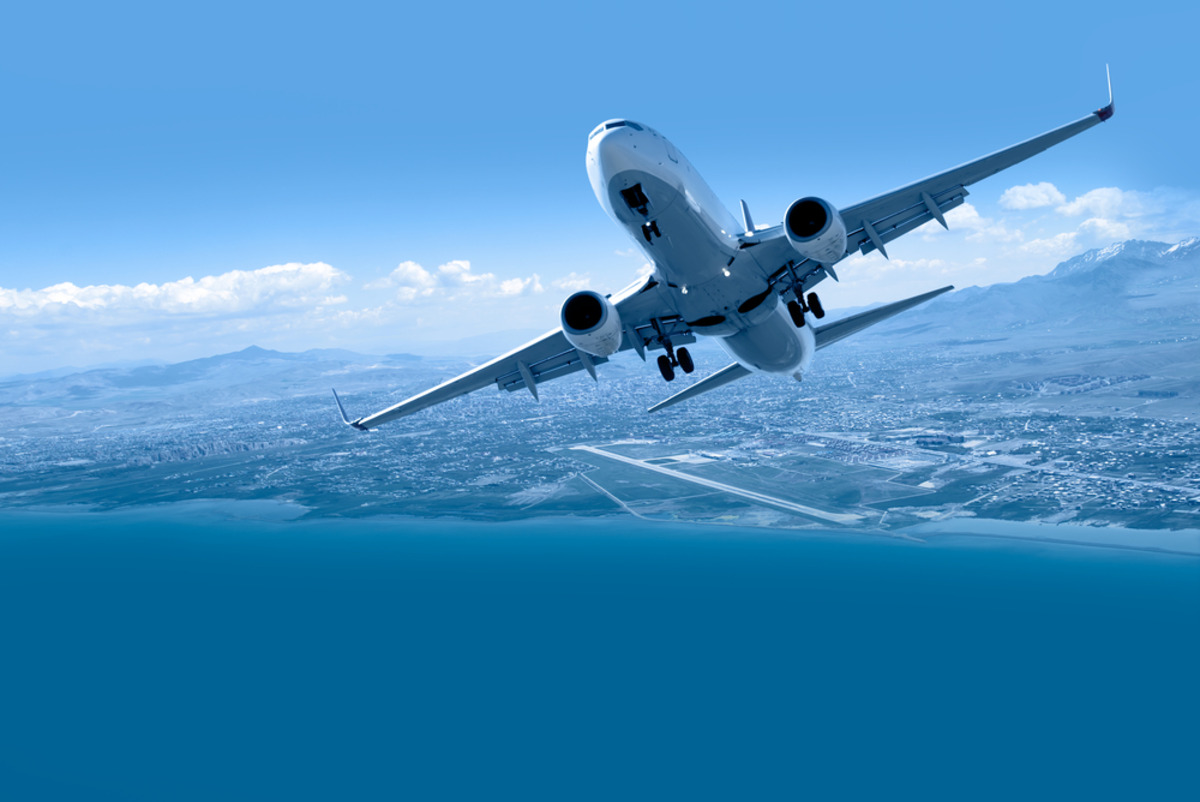Global airline profitability is set to improve in 2024, a top aviation industry body said on Monday.
According to forecasts shared by the International Air Transport Association (IATA), net profits are expected to reach $30.5 billion in 2024, up from $27.4 billion projected for 2023.
The latest estimates for 2024 are also an improvement over the $25.7 billion projection released in December 2023.
Both total revenues ($996 billion) and expenses ($936 billion) are expected to reach record highs this year, IATA said during its annual meeting in Dubai. The projections are 9.7 percent and 9.4 percent higher, respectively, compared to the previous year.
Moreover, total travelers are expected to reach 4.96 billion in 2024, also a record high, while total air cargo volumes are expected to reach 62 million tons in 2024.
Read | Boeing needs a strong CEO to end crisis, overhaul airline: Emirates president Tim Clark
“With a record five billion air travelers expected in 2024, the human need to fly has never been stronger. Moreover, the global economy counts on air cargo to deliver the $8.3 trillion of trade that gets to customers by air. Without a doubt, aviation is vital to the ambitions and prosperity of individuals and economies,” IATA’s director general Willie Walsh said.
Fuel cost impact
Fuel is expected to average $113.8/barrel (jet) in 2024, translating into a total fuel bill of $291 billion, accounting for 31 percent of all operating costs, IATA said.
“High crude oil prices are expected to continue to be further exaggerated for airlines as the crack spread (premium paid to refine crude oil into jet fuel) is expected to average 30 percent in 2024. SAF (sustainable aviation fuel) production could rise to satisfy 0.53 percent of global demand for fuel in 2024, the cost of which will be $3.75 billion. That is $2.4 billion additional to what it would cost to purchase the same quantity of jet fuel,” IATA added.
Slow delivery impact
An inventory of 38.7 million flights is expected to be available in 2024. This is 1.4 million flights below previous estimates (December 2023) largely attributable to the slowing pace of deliveries in the face of persistent supply chain issues in the aerospace sector. For example, the number of aircraft deliveries scheduled for 2024 is expected to be 1,583, which is 11 percent less than the expectations published just months ago that anticipated 1,777 aircraft would join the global fleet in 2024. Airlines are deploying larger aircraft as a mitigating strategy.
Cargo revenues to drop
Cargo revenues are expected to fall to $120 billion in 2024 (from $138 billion in 2023). Both are down sharply from the extraordinary peak of $210 billion in 2021, but it is above 2019 revenues, which were $101 billion and an improvement on the previous forecast of $111 billion (announced in December 2023).
Despite the strength of demand, cargo yields are expected to fall 17.5 percent in 2024 while remaining slightly above 2019 levels. This is a normalization after extraordinary pandemic highs. A key factor in this is the significant belly capacity that entered the market in 2023 in tandem with the recovery of passenger travel.
For more logistics news, click here.








